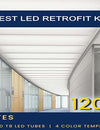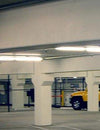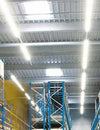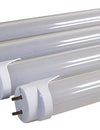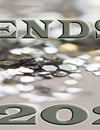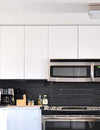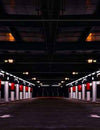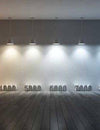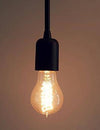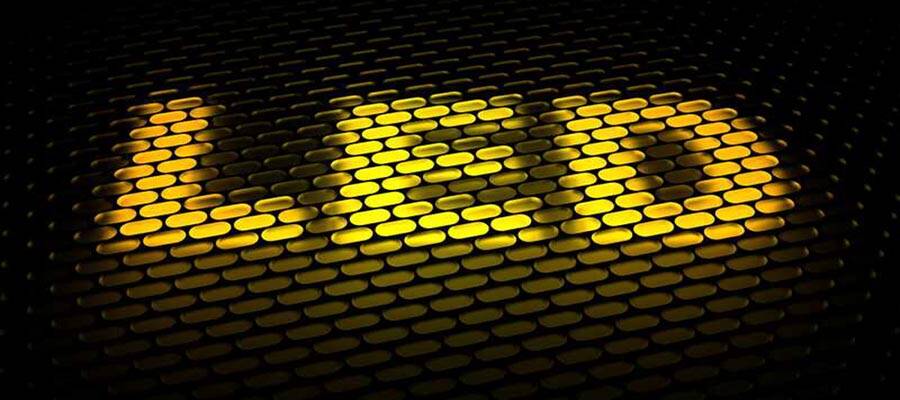
Biggest LED Myths Debunked!
Many homes and businesses are making the switch to LED Lighting to take advantage of the benefits that they offer. When compared on a one to one basis, with other light bulbs such as incandescent lights, LED bulbs and lighting systems solve some of the biggest issues with conventional lighting systems.
Although the technology has been available for a while, there are still many misconceptions about its benefits, cost and value. Lets discuss some common LED lighting myths as well as facts that will help you to select the right LED lighting application for your next project.
1. LED’s don't save energy. (Myth)

LED’s do offer savings when it comes to energy consumption but the scale on which these savings vary is also quite wide.
LED’s could save you anywhere between 85% and 95% on your energy costs. Conventional bulbs are old news. Incandescent bulbs only use 10 percent of the power fed into them to create light. The rest gets turned into heat, which is not a good use of your money. LEDs cut down on the energy costs associated with lighting systems and will prove to be economically feasible in the long term.
2. LEDs are expensive (Myth)
Some LEDs can cost a pretty penny, so let's talk though on how much money you can save.
If you are a business owner considering LEDs, one of the main benefits is the opportunity to eliminate maintenance. New LED light bulbs will last longer than conventional lights and need to be replaced less often. Many new LED lights also require no ballasts, having all of their drivers internal to the bulb. This means that there is no more costly maintenance to replace old ballasts. Once installed, very little cost is need to maintain new LED lighting systems.
3. LEDs are too confusing (Myth)

If you’ve tried LED lighting before, you might have had some bad luck choosing the right kind of LED fixtures for your project. Confusing back-of-the-box information can leave you wondering what in the world you are buying.
New LED fixtures should have a “Lighting Facts” information box — modeled after nutritional labels — listing lumens, estimated yearly energy cost, life span, and light appearance.
Here are some definitions to assist you in decoding this information –
Lumens - LED bulb brightness is measured in lumens. Old incandescent bulbs needed about 60 watts to produce 800 lumens.
Life Span - LED’s are made to last. LED fixtures are rated for 50,000 hours of life. Translation: 50,000 hours equals 25-30 years of average residential use.
Light Appearance - The color temperature scale of LED Lights is based on heat, as measured in Kelvins, not Celsius or Fahrenheit degrees. The higher the Kelvin number, the cooler (bluer) the color. An LED with a Temperature of 2700K produces very warm almost golden white light and 7000K is a very cool white that can in some applications appear to have a light blue glow. 3000K is a soft warm white, 3500K or 4000K is in the range of bright warm white, and beyond that it becomes bright cool white.
In Conclusion

It is easy to fall for myths about new technology and its usefulness in daily life. LED lighting systems have proven to be more efficient and better, time and again. LED lighting systems are not just the trend of the modern day but the proper system that is going to rule the future of lighting systems.
Ask About This Article

